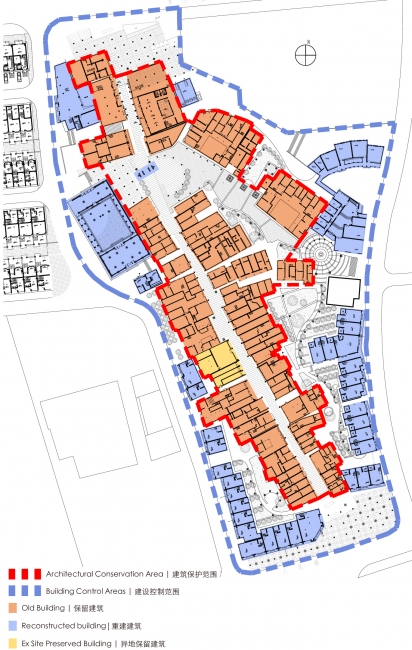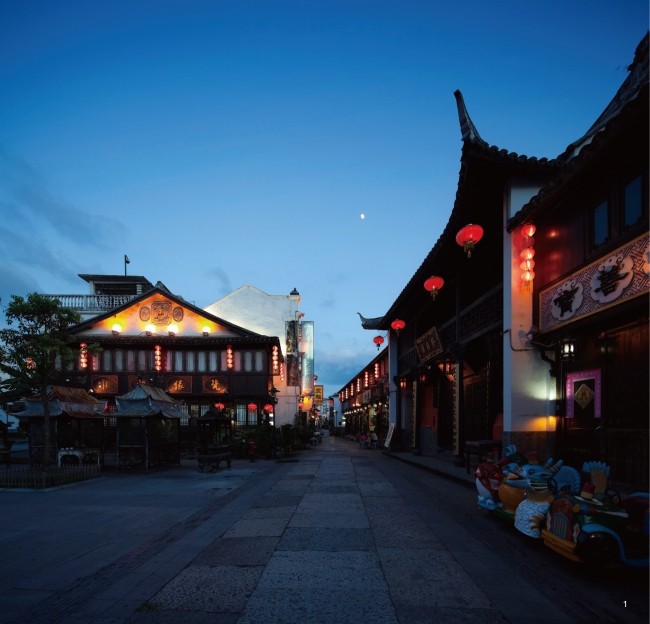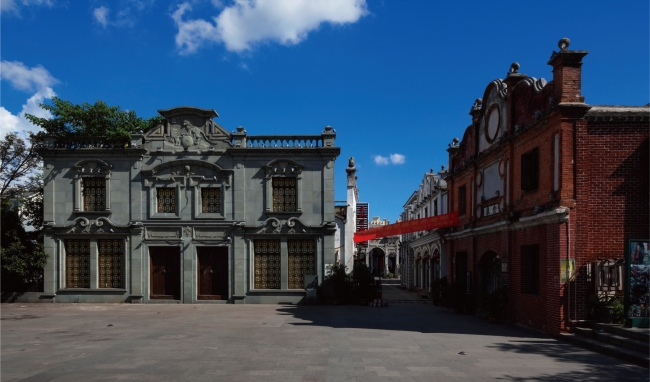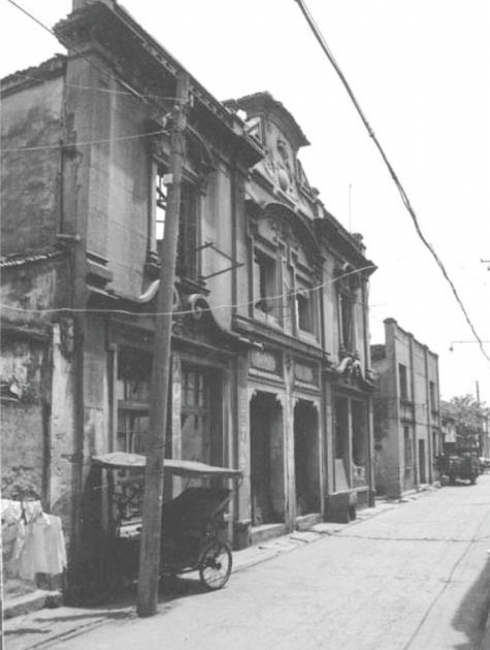| Conservation and Regeneration of North Xinjiao Street, Taizhou, Zhejiang Province China |
| From:Department of Architecture, College of Architecture and Urban Planning, Tongji University Author:ZHANG Peng PublishDate:2013-02-28 Hits:4117 |
North Xinjiao Street is the only traditional commercial street that was remained from Qing Dynasty in Jiao Jiang District in Taizhou, Zhejiang Province. Due to its special historic reasons, this historic street and its related vernacular community inherited the early form of opening port in the late coastal colonial city, which boasts cherishing valuable and worth to be preserved. The vernacular architecture conservation and regeneration group of Tongji University, with the host of Prof. Chang Qing, has conducted conservation and regeneration strategy to the North Xinjiao Street, originally called “Haimen Old Street”(and popularly called “ little Shanghai” ) in the urban renovation of Jiaojiang District since March 2000. This project preserved the key section of this hundred year old street which is 225m long and covers 2.1 ha. In this project, the street is repaired, infrastructure facilities are improved, and the historic architecture are restored and renovated. Thanks to the conservation and regeneration design and practice, North JiaoXin Street has become an attraction of Tai Zhou, served for collective memory, nostalgic ceremony and scenery view with the integration of contemporary city life, which provided a reference example for conservation and regeneration approach of vernacular blocks in local city.
In the project, because of the urban development planning, the comprehensive conservation in large scope is difficult to realize. In result, we firstly determine the scope for strictly conservation, which covers the main body of the old street, architectures as street interface, as well as the traditional residential courtyard dwellings with significant value around the street. Beyond this scope, we set up a controlled area, in which the architectures should obey the original space structure, and coordinate with the historic districts regarding the scales, perform as a transition to the surrounding urban space.
Considering the existing problems of the old town, the Group took a series of technical measures, such as the drainage system caused by height differences; floods prevention with hidden ditch to induct and collect the water; buried civil pipeline system etc. Regarding restoration and conservation, the traditional façade of the ancient street, the elevation height, scale between height and width as well as the materials have been maintained. Besides, the Group has strict control of the vision effect and clear out the random construction on the street. The Project was granted 2010 UNESCO Asia-Pacific Heritage Awarded for Culture Heritage Honorable Mention with its outstanding design and achievements.
|
- News | WHITRAP Shanghai and CNR-ISPC bilateral meeting
- News | WHITRAP meets Cité de l’Architecture et du Patrimoine
- WHITRAP Hosting "Workshop on Preliminary Assessment for National Focal Points of the Asia Region" in Chengdu
- WHITRAP Shanghai meets UNESCO
- INTERNATIONAL CONFERENCE PRELIMINARY ANNOUNCEMENT & CALL FOR PAPERS
- Observation of the 46th Session of the World Heritage Committee
Copyright © 2009-2012 World Heritage Institute of Training and Research-Asia and Pacific (shanghai)






